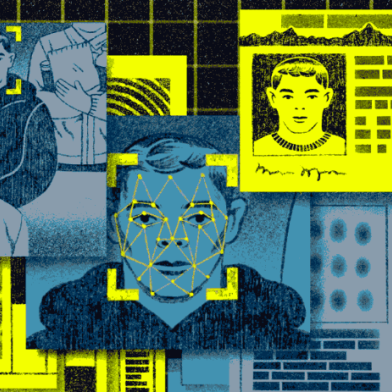Facial Recognition - Delivering More Precise Policing


Facial recognition technology has become an important tool for many police forces worldwide, including the Metropolitan Police Service (Met). To gain a better understanding of how the technology has been implemented and its potential impact, we spoke to Lindsey Chiswick, Director of Intelligence at the Met and the National Police Chiefs’ Council (NPCC) Lead on Facial Recognition.
According to Chiswick, the operational use of live facial recognition technology in London follows extensive research and development over a number of years. Close working with South Wales Police has enabled knowledge and learning to be shared, enhancing our ability to tackle challenges as they emerge.
For example, the Met and South Wales Police jointly commissioned work by the independent National Physical Laboratory to conduct research into the performance and demographic differential of the facial recognition algorithm. This knowledge can now be shared with other police forces, so that they can benefit from these insights and build on them. This kind of collaboration is essential for ensuring that facial recognition technology is deployed in a way that is effective, fair, and accountable.
Refining the technology, delivering more precise policing
The algorithms for facial recognition are improving all the time. Of the live tool, which is used by the police to capture images of suspects in real-time, she said,
“Think of it like this, I am a police officer standing in Waterloo train station at rush hour and intelligence suggests a number of gang members are in the area who have been carrying out violent robberies.
A quarter of a million people pass through Waterloo station every day, tens of thousands of people at rush hour. I have a notebook in my pocket with one hundred different faces of serious criminals wanted for offences such as murder and violent robbery. It is practically impossible for me to remember all those faces in my pocket, and even harder to then pick one of those faces out of the crowd.”
In short, it’s doing what the police have always done but with much more accuracy and precision. Chiswick sees potential for using the technology in various settings including transport hubs, football grounds, and other hotspots for criminal activity. The close work with South Wales Police has been instrumental in developing the use of the technology, and Chiswick believes that the partnership between academia, industry and law enforcement is essential for the future of policing.
Balancing security and privacy
Finding the right balance between security and privacy is a crucial debate and one which we all must contribute to. As the exploitation of technology and data increasingly benefits society, it is right that law enforcement also considers how new technology will help to prevent crime in an effective, well-governed and proportionate way. With transparency, accountability and appropriate standards, Chiswick believes the use of emerging technology, such as facial recognition, can remain true to the Peelian Principles and help policing deliver more trust and less crime.



